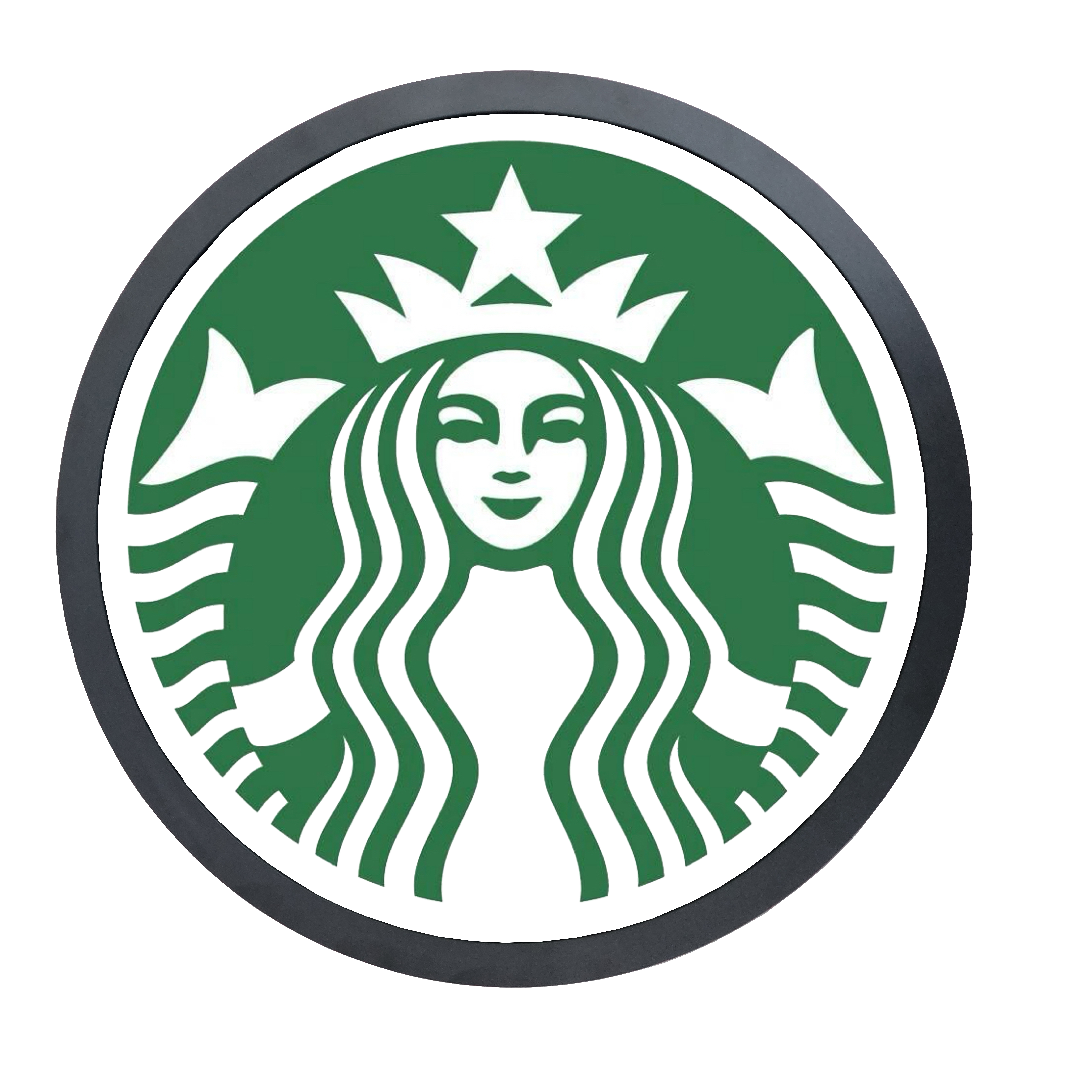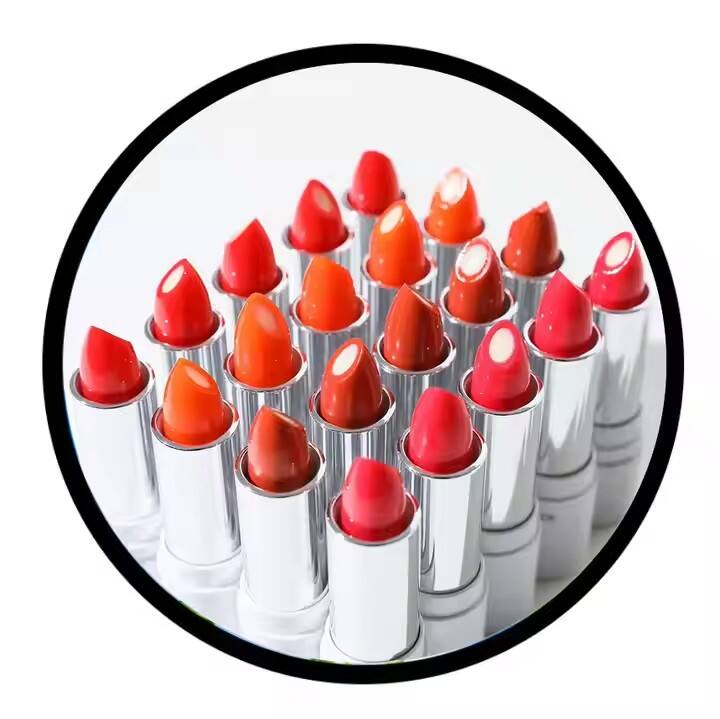Understanding the Revolution of Circular Display Technology
The evolution of display technology has taken an exciting turn with the emergence of round LCD displays, breaking free from the traditional rectangular constraints that have dominated screens for decades. These innovative circular displays are revolutionizing how we interact with digital devices, from smartwatches to automotive interfaces, creating more intuitive and aesthetically pleasing user experiences. The round LCD display represents a significant leap forward in display technology, combining sophisticated engineering with practical applications that are reshaping our digital world.
As we delve deeper into this fascinating technology, we'll explore how round LCD displays function, their unique advantages, and the growing range of applications that are benefiting from their distinctive circular form factor. This comprehensive guide will help you understand why these displays are becoming increasingly prevalent in modern devices and what makes them so special in the world of digital interfaces.
The Core Technology Behind Round LCD Displays
Basic Components and Structure
Round LCD displays share many fundamental components with their rectangular counterparts, but their circular design presents unique engineering challenges. The basic structure consists of several layers, including the liquid crystal layer, color filters, polarizing filters, and backlighting system. The key difference lies in how these components are arranged and manufactured to achieve a perfectly circular form while maintaining uniform brightness and color reproduction across the entire display surface.
The manufacturing process requires precise engineering to ensure that the liquid crystal molecules align properly within the circular frame. This alignment is crucial for maintaining consistent image quality from the center to the edges of the display. The backlight distribution must also be carefully designed to provide even illumination across the circular surface, preventing any dark spots or inconsistencies that could affect the user experience.
Advanced Display Technologies
Modern round LCD displays incorporate several advanced technologies to enhance their performance. These include In-Plane Switching (IPS) technology for improved viewing angles, active matrix addressing for precise pixel control, and specialized optical films that help maintain image quality across the curved surface. The integration of touch sensitivity adds another layer of complexity, requiring careful calibration to ensure accurate response across the entire circular interface.
Many round LCD displays also feature high refresh rates and advanced color management systems, making them suitable for dynamic content display. The implementation of these technologies in a circular format requires sophisticated algorithms and precise manufacturing techniques to maintain optimal performance throughout the display's lifespan.

Applications and Use Cases
Wearable Technology
The most prominent application of round LCD displays is in smartwatches and other wearable devices. The circular format mirrors traditional watch designs, making these devices more familiar and aesthetically pleasing to users. Manufacturers have embraced this technology to create sophisticated timepieces that combine classic design with modern functionality, offering features like health monitoring, navigation, and communication in a comfortable, wrist-worn format.
Beyond smartwatches, round LCD displays are finding their way into fitness trackers, medical monitoring devices, and even fashion accessories. The circular design provides an intuitive interface for displaying data in a way that matches natural human movement and interaction patterns.
Automotive Applications
The automotive industry has recognized the potential of round LCD displays for creating innovative dashboard interfaces and control systems. These displays can be seamlessly integrated into traditional circular gauge clusters while providing the flexibility to display digital information, navigation data, and vehicle status updates. The familiar circular format helps drivers quickly interpret information while maintaining focus on the road.
Advanced driver assistance systems (ADAS) and autonomous vehicle interfaces are also benefiting from round LCD displays, using them to present complex information in an intuitive, easily digestible format. The circular design allows for natural presentation of radar and sensor data, making it easier for drivers to understand their vehicle's surroundings.
Design Considerations and Challenges
User Interface Optimization
Creating effective user interfaces for round LCD displays requires a fundamental rethinking of traditional UI design principles. Designers must consider how content flows naturally in a circular format, ensuring that text remains readable and interactive elements are easily accessible. The challenge lies in maximizing the available space while maintaining an intuitive and user-friendly interface that takes advantage of the unique properties of circular displays.
Special attention must be given to typography, icon placement, and navigation patterns. The curved nature of the display requires careful consideration of how information is presented, with content often needing to be arranged radially or in concentric circles to make the best use of the available space.
Technical Implementation
The implementation of round LCD displays presents several technical challenges that manufacturers must address. These include managing power consumption, ensuring uniform brightness across the circular surface, and developing effective touch-sensing solutions that work reliably on curved surfaces. Engineers must also consider the mechanical aspects of mounting and protecting these displays, as their circular shape requires different approaches compared to conventional rectangular screens.
Heat management and durability are particularly important considerations, as the unique form factor can affect how thermal energy is distributed and how the display responds to physical stress. Manufacturers must develop specialized solutions to ensure long-term reliability and consistent performance.
Future Developments and Trends
Emerging Technologies
The future of round LCD display technology looks promising, with ongoing research focusing on improving resolution, reducing power consumption, and developing new applications. Advances in flexible display technology may lead to curved or even completely bendable circular displays, opening up new possibilities for device design and user interaction.
Integration with other emerging technologies, such as augmented reality and holographic displays, could create exciting new possibilities for how we interact with circular interfaces. These developments could lead to more immersive and intuitive ways of presenting information and controlling devices.
Market Evolution
As manufacturing processes become more refined and cost-effective, we can expect to see round LCD displays appearing in an increasingly diverse range of products. From smart home devices to industrial controls, the unique advantages of circular displays will continue to drive innovation across multiple sectors.
The growing demand for more personalized and aesthetically pleasing technology solutions suggests that round LCD displays will play an increasingly important role in future device design. This trend is likely to accelerate as consumers become more familiar with and appreciative of the benefits of circular interfaces.
Frequently Asked Questions
What are the main advantages of round LCD displays over traditional rectangular screens?
Round LCD displays offer several key advantages, including more natural integration with traditional watch designs, improved ergonomics for wearable devices, and better aesthetic alignment with circular interface elements like gauges and dials. They also provide unique opportunities for innovative user interface design and can create more engaging user experiences in specific applications.
How durable are round LCD displays compared to conventional displays?
Modern round LCD displays are engineered to be just as durable as their rectangular counterparts, with specialized protective materials and mounting solutions designed specifically for their circular form factor. Manufacturers typically implement additional reinforcement and protection measures to address the unique structural requirements of circular displays.
Can round LCD displays support touch functionality?
Yes, round LCD displays can incorporate various touch technologies, including capacitive and resistive touch sensing. Advanced manufacturing techniques ensure accurate touch response across the entire circular surface, enabling intuitive gesture controls and interaction patterns specifically designed for circular interfaces.

